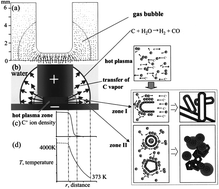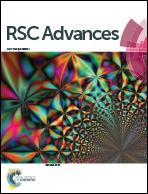Carbon nano-onions: large-scale preparation, functionalization and their application as anode material for rechargeable lithium ion batteries
Abstract
Carbon nano-onions (CNOs) are one of the most promising anode materials for lithium ion batteries (LIBs) because of their outstanding physicochemical properties. In this review, large-scale preparation methods of CNOs, including both traditional and some newly developed approaches in recent years, are summarized. For three of the most important methods of synthesis, arc discharge in water, chemical vapor deposition and nanodiamond annealing in vacuum/inert gases, the effect of process parameters on the synthesis of CNOs is systematically reviewed. The characteristics of emerging methods for fabricating CNOs are also assessed briefly. Afterwards, functionalization including physical/chemical activation and heteroatom-doping, which plays an import role in determining the performance of CNO anodes by altering specific surface area, degree of graphitization, and pore volume distribution of CNOs, are thoroughly reviewed based on analysis of the literature. Finally, the recent progress of CNOs and CNO-based hybrid materials utilized as anodes for LIBs are reviewed and the future direction of research for fabricating high performance CNOs and CNO-based hybrid anodes for LIBs is proposed.


 Please wait while we load your content...
Please wait while we load your content...